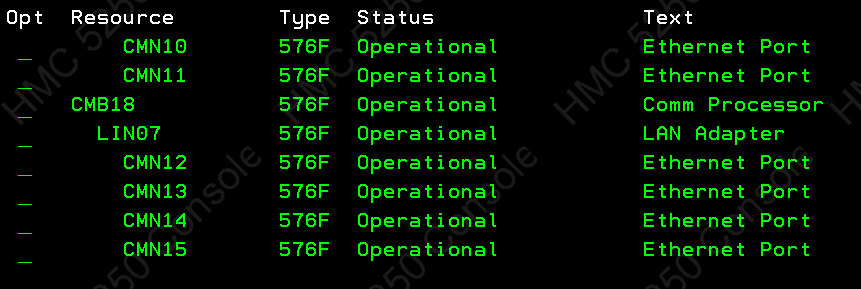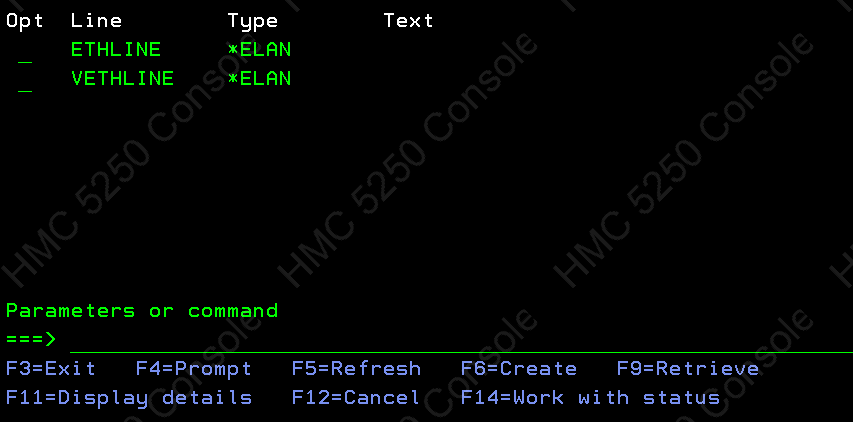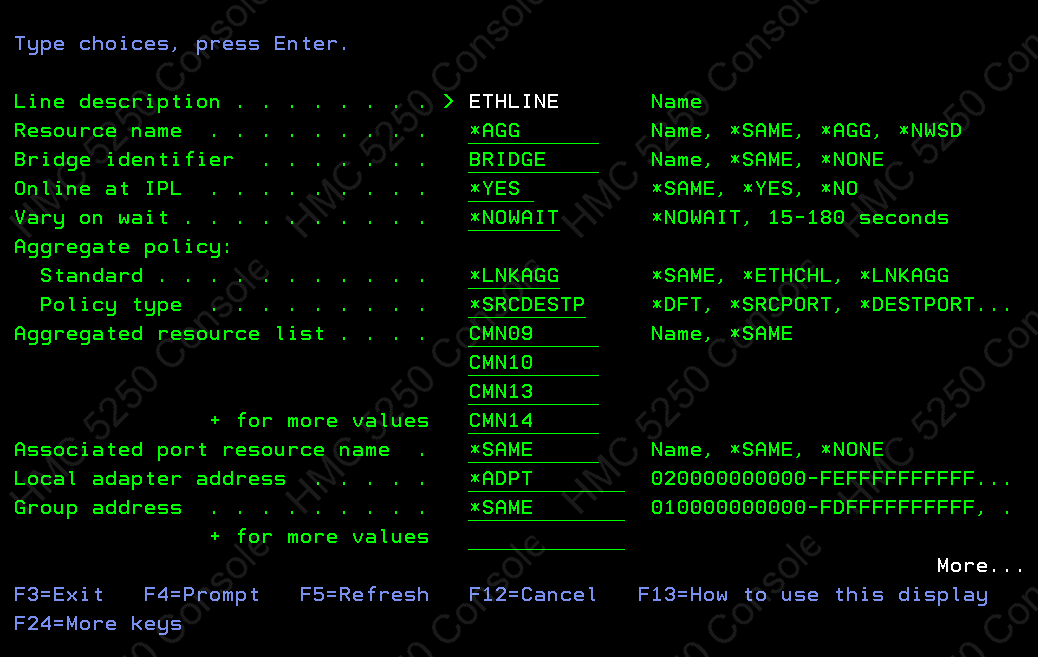IBMi LAGG

What and Why?
LAGG combines multiple physical interfaces together to act as one logical interface. Why would you want this? Redundancy and performance. Many organizations have multiple switches, and one IBM server. LAGG allows you to plug the server in to both switches decreasing the chances of down-time. While both switches are operational, all network cables can be used simultaneously for the same ip address. This can increase the throughput of the networking to the server due to the increase pipe.
How?
Each switch brand has a different configuration for setting up LAGG. On a Cisco Nexus switch, for example, we use a VPC (Virtual Port Channel) configuration. All managed switches have a way to create LAGG. On the IBMi, first you need to identify which physical interfaces you want to configure as your LAGG members. Typically, you would have a 4-port network adapter, and the interfaces are labeled CMN03-CMN06. You can confirm these labels by issuing the following command “WRKHDWRSC *CMN” and you should see a list of all communications hardware. If you have multiple network adapters, you can create LAGG between interfaces on each card.

The next step is to create your line descriptor. This can be done by pressing F6 on the WRKLIND screen or keying the command CRTLIND. I typically use the WRKLIND screen and hit F6 to create a new line descriptor.

Inside the prompt for creating your line descriptor, you will need to define your configuration. Normally for resource name, you would define one of the interfaces on the network adapter (e.g., CMN04). With LAGG you will instead specify *AGG as your resource name. The next configuration item is the aggregate policy. The standard is going to have to match with your switch configuration. Typically, we use Cisco switches and LACP, and on the IBMi we choose *LNKAGG. If you have a standard ether-channel, then you will use *ETHCHL. The policy type is how the requests are received by the independent interfaces. You will normally use *SRCDESTP and that is the most common. That last part is listing your Aggregated Resources List. This is where you identify which physical interfaces will be used.

Once all configured, you will have a line descriptor that can be used just like any other line descriptor. You can assign static IP addresses and routing as you would any other time. This just has the added performance and redundancy.